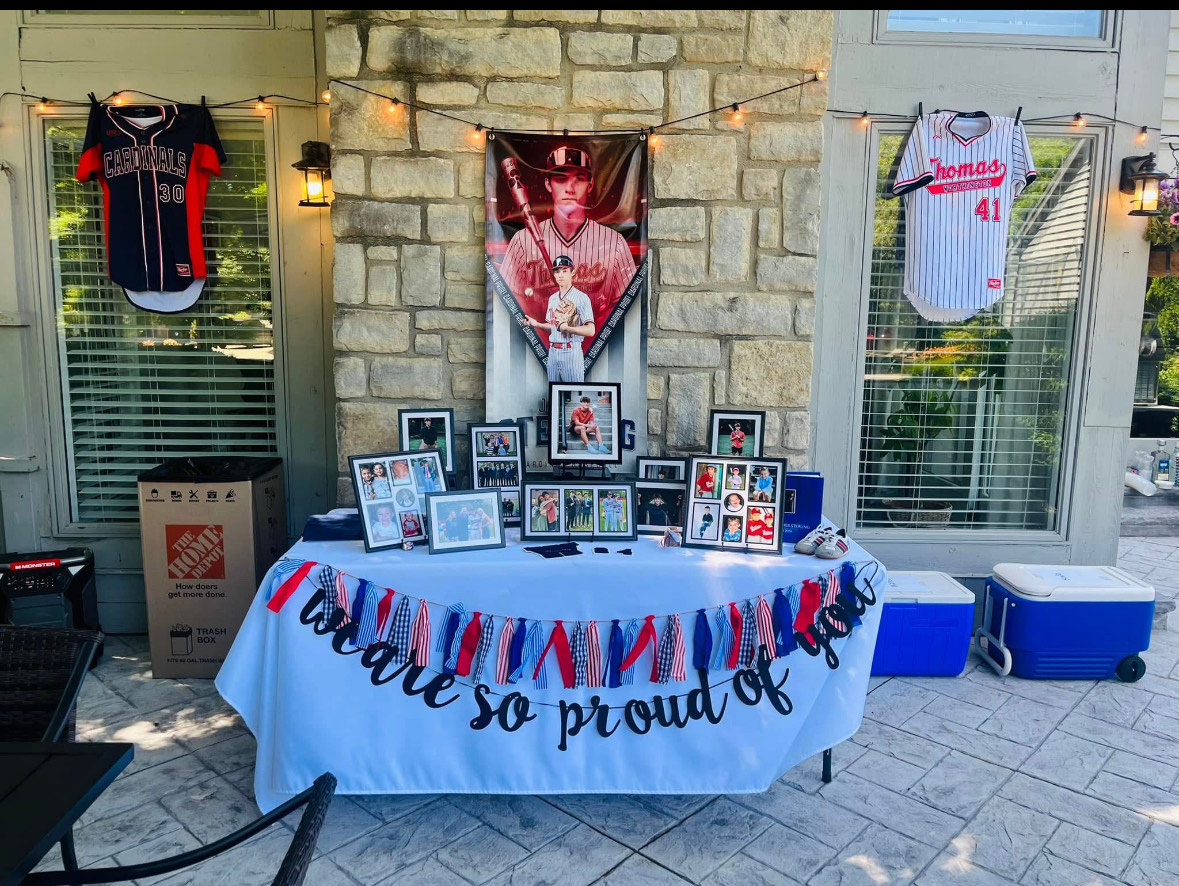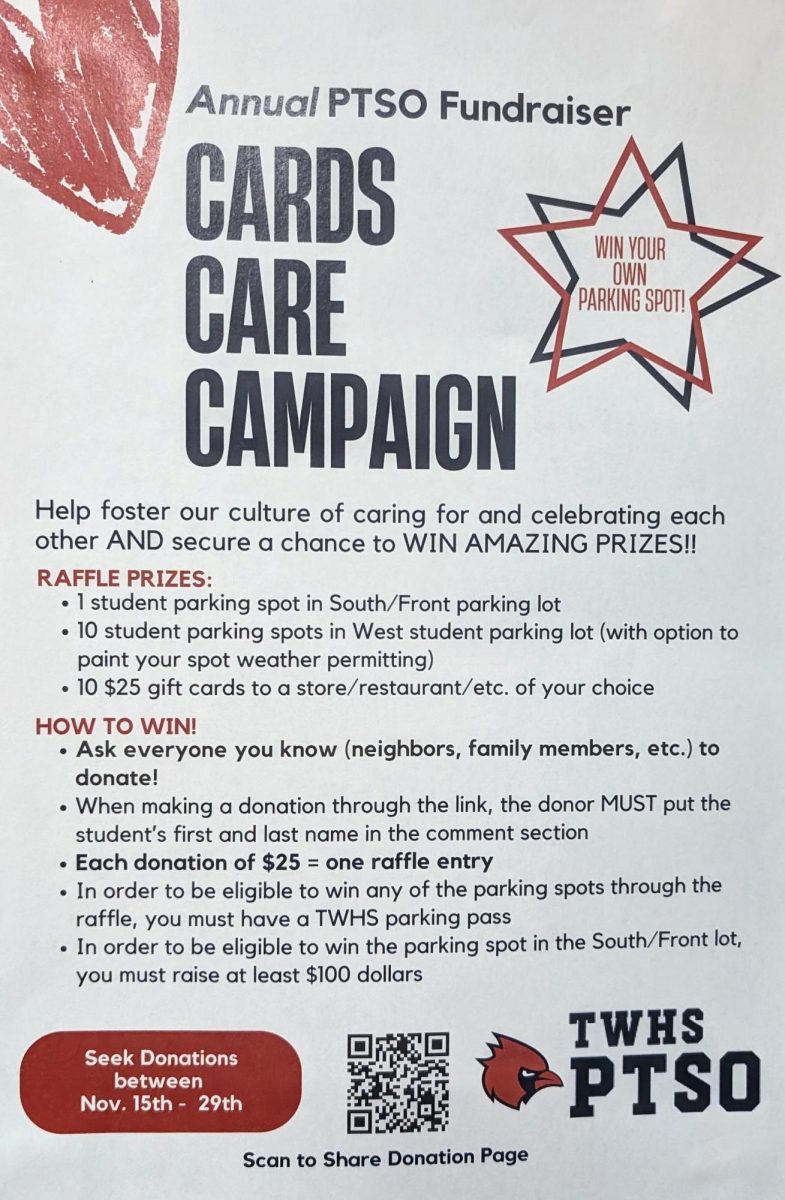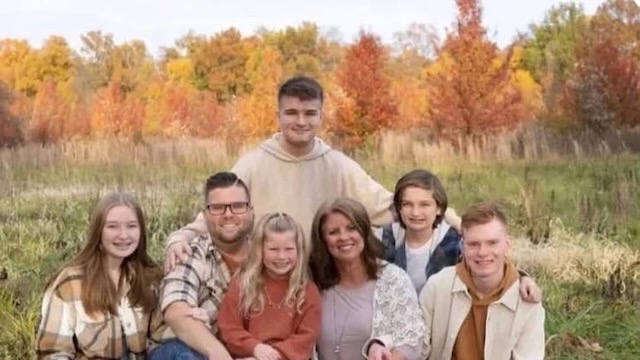Take a stand and fight against sexual assault
December 8, 2016
According to the U.S. Department of Justice, rape or attempted rape occurs every 5 minutes in the United States. Studies show that approximately 80%-90% of women reporting sexual assaults know their assailant.¨Sexual assault is a sexual act in which a person is coerced or physically forced to engage against their will or non-consensual sexual touching of a person. Southern Connecticut university said in an article about rape culture and victim blaming that ¨Often times sexual assault is not addressed. People like to blame it on the victim. Saying ¨What were you wearing?¨ ¨How drunk were you?¨ “She asked for it!” “Boys will be boys!” A statistic from http://vitaminw.co/ vitaminw says ¨Guilting a person into sex was the most common method of assault, with 63 percent using this tactic. Thirty-two percent pressured a person into sex, 15 percent used alcohol, 8 percent used physical force, and 5 percent threatened force.¨
Here at Thomas Worthington High School, sexual assault has to be reported. Mr. Quart, a counselor at TWHS said that ¨we are mandated reporters, that being we are required by law to report an assault to the proper authorities. This includes the child’s parent or guardian, the police, and building administration.¨ Sexual assault at other schools and colleges, however, is sadly not reported as much as it should be. Michigan University wrote an article about sexual assault on college campus said¨reasons for not reporting sexual assault include fear of being disbelieved, lack of faith in the criminal justice system, and fear of the alleged assailant.¨
Men and Women need to take a stand against sexual assault and rape. Standing up can make a major difference in the world. Here are some steps you can take into taking a stand.
- Recognize violence
- Know how to spot incidents of sex discrimination including sexual harassment, sexual assault, and sexual violence.
- Know how to help
- Listen without judgement it’s important to be kind and supportive. Let them know you understand them. A survivor may feel like it’s their fault. Ask them how you can help. Maybe help them go see a counselor. Support a survivor’s decisions, instead of pushing them to take actions that they may not feel comfortable with (such as reporting to police, or seeking counseling).
- Responding to violence
- Prevention is key before going out. Create a plan to make a quick smooth exit. Whether it’s texting a friend or a small gesture towards. If going to any place that you might be uncertain is safe always have a backup plan.
- Decide a course of action
- Stepping in can make a huge difference but make sure you are not putting your safety at risk.
- Distract: Whether it’s just talking to the predator or starting a conversation, your goal is to prevent the situation from getting worse.
- Direct: Ask the person who is in the uncomfortable situation if they are okay or if they need help.
- Delegate: Strength in numbers! Getting another friend to help can be helpful and important or getting help from another bystander who is just standing around.
- Stepping in can make a huge difference but make sure you are not putting your safety at risk.
If you are ever in need of help or need to help someone please don’t be afraid to speak up! If you are too scared to speak up about it maybe try writing down what you are thinking and feeling or finding a book to read! Do things that make you happy and feel safe!

























